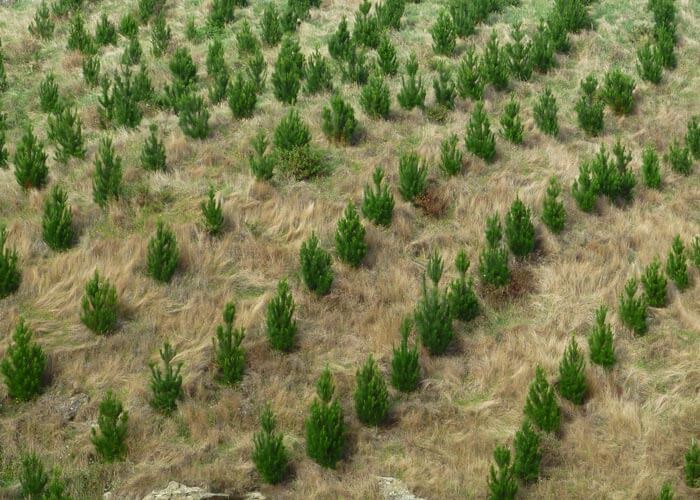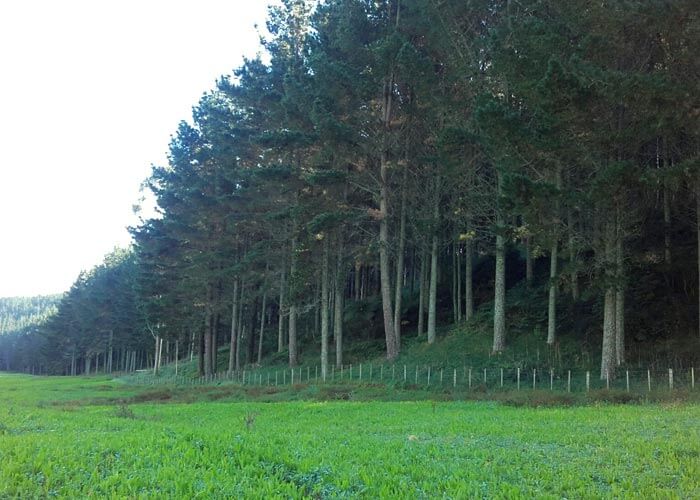Kelt Forestry Group
The Kelt Forestry Group (KFG), a subsidiary of Kelt Capital, was setup to make strategic plays within New Zealand’s carbon and timber industries. After decades of experience with clients in the space, and as the world transitions towards a sustainable future, Kelt Capital has identified this as a target industry.
In 2019, Kelt Capital began building its own forestry portfolio, with the acquisition of a number of bare land properties across the North Island. In 2021 Kelt Capital transitioned from planting bare land to acquiring existing mature forests with attached carbon credits. Kelt Capital intend to continue expanding its forestry portfolio, with ambitions to position itself as a market leader.
Property Acquisitions
Kelt Capital owns ten forestry properties across the North Island. These properties are a mixture of greenfield, recently planted and mature forests.
As part of its wider acquisition strategy, Kelt Capital expects to continue to grow this portfolio and capitalise on this future facing industry for many years to come.
30 Years Experience
Over the last three decades, Kelt Capital has acted for a range of clients in forestry. Initially this was focussed purely on timber production but with the launch of the ETS in 2008, it transitioned to including carbon sequestration.
This has led to Kelt Capital developing an intrinsic understanding of the impact of the ETS on the industry, both today and moving into the future.
Growing export industry
The New Zealand forestry industry dates back to 1930 when vast areas of land was planted in Pinus radiata to address growing timber shortages.
Today there are 1.69 million hectares of sustainably managed exotic plantation forests in New Zealand, 7% of the total land area. Pinus radiata makes up 90% of the exotic plantation area, with douglas-fir accounting for 6%, the balance made up of eucalypts and other species.
Emissions Trading Scheme (ETS)
2008 changed the shape of the industry with the introduction of the ETS, a scheme resulting in Crown-issued carbon credits (NZU’s) for forests planted after 1989. This introduction meant that a Pinus radiata forest now had two forms of income (timber revenue upon harvest and the sale of NZU’s as sequestered).
Following the introduction of the ETS, Kelt Capital continued to act for clients but developed a range of new financial models to help its clients best capitalise on the new opportunity.



